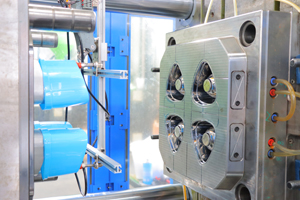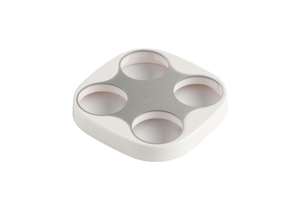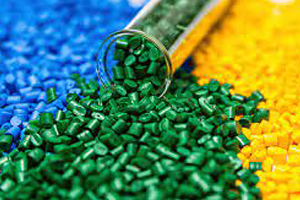In today's rapidly evolving world, sustainability has become the key focus in virtually every industry. As global concerns about environmental conservation continue to rise, it is imperative for businesses to adopt sustainable practices to minimize their carbon footprint. One such industry is the field of industrial injection molding, a manufacturing process widely utilized across various sectors. In this blog, we will explore the importance of sustainable practices in industrial injection molding processes and how they can help pave the way for a greener future.
Understanding Industrial Injection Molding
Before delving into sustainable practices, it is essential to grasp the concept of industrial injection molding. Industrial injection molding is a manufacturing process that involves the production of large quantities of high-quality plastic components by injecting molten plastic into a mold under high pressure. This technique is widely used across industries like automotive, electronics, packaging, and consumer goods.
Advantages of Industrial Injection Molding
Industrial injection molding offers numerous advantages, making it a preferred choice for manufacturers. Its ability to mass-produce intricate components quickly and cost-effectively has revolutionized the manufacturing industry. Additionally, injection molding enables the use of a wide range of raw materials, making it highly versatile and adaptable to various industry requirements.
The Need for Sustainable Practices
While industrial injection molding is a highly efficient manufacturing process, it is not without its environmental challenges. The increased use of plastics, especially non-biodegradable ones, has posed a significant threat to the environment. This is where sustainable practices become crucial. By integrating sustainable measures, manufacturers can address these challenges head-on and ensure the longevity and environmental compatibility of industrial injection molding.
Implementing Sustainable Practices in Industrial Injection Molding
Material Selection: Opting for environmentally friendly injection molding materials such as biodegradable plastics or utilizing recycled plastics reduces the strain on the environment. By sourcing sustainable materials, manufacturers can support the circular economy and minimize their dependency on virgin resources.
Energy Efficiency: Embracing energy-efficient technologies and equipment helps reduce overall energy consumption during the injection molding process. Implementing measures like optimizing machinery, using high-performance heating systems, and efficient cooling methods can significantly reduce energy requirements, lowering the carbon footprint.
Waste Management: Proper waste management strategies are crucial to achieving sustainability in industrial injection molding. Implementing recycling programs and reusing production waste can greatly reduce the generation of plastic waste and encourage a circular economy. Additionally, exploring innovative ways to convert plastic waste into usable materials helps combat the growing issue of plastic pollution.
Reduction of Emissions and VOCs: Industrial injection molding processes often involve the use of various chemicals and additives that can release harmful volatile organic compounds (VOCs) into the environment. Implementing emission control mechanisms, such as state-of-the-art ventilation systems and advanced filtration technologies, helps minimize VOC emissions, contributing to a healthier and cleaner work environment.
Sustainable practices in industrial injection molding play a vital role in driving a greener future. By prioritizing material selection, energy efficiency, waste management, and emission control, manufacturers can minimize the environmental impact of their operations while maintaining high-quality production outputs. As the world seeks sustainable alternatives to traditional manufacturing processes, industrial injection molding has the potential to spearhead a revolution in eco-friendly manufacturing. Embracing sustainable practices is not only an ethical obligation but also a strategic business move that can enhance a company's reputation and contribute to a healthier planet for generations to come.










